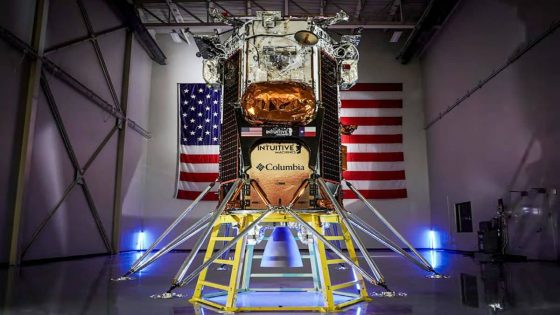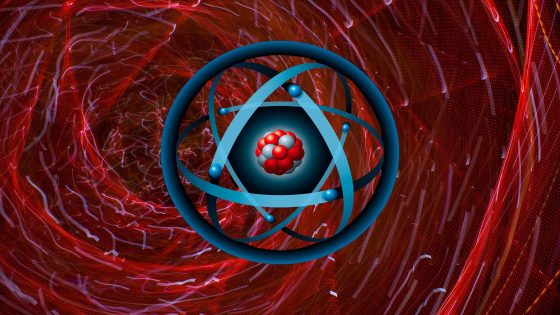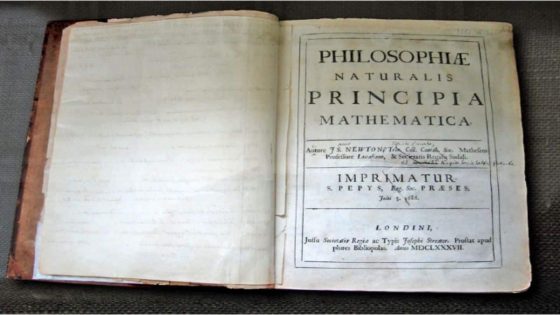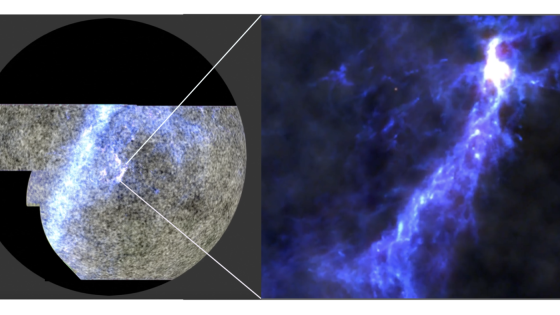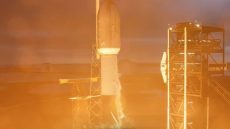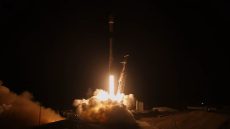A groundbreaking NASA experiment has made history by successfully capturing radio astronomy signals from the lunar surface. This achievement, reported on March 28, 2025, marks a significant step forward in our exploration of the early universe. How does this discovery change our understanding of space?
- First radio astronomy from lunar surface achieved
- Instrument survived rough landing and collected data
- Observed Earth's twinkling radio signals
- Lunar radio astronomy free from Earth noise
- Future missions planned for deeper exploration
- Potential for insights into early universe
Despite a challenging landing, the mission’s instruments collected crucial data, hinting at exciting possibilities for future lunar explorations.
NASA’s Lunar Radio Astronomy Breakthrough: What It Means for Space Exploration
What can we learn from the moon about the universe? NASA’s recent experiment has shown that the lunar surface can be a valuable platform for radio astronomy. By capturing signals from distant galaxies and even our own planet, scientists are now able to explore cosmic mysteries like never before.
Unlocking Cosmic Secrets: The Importance of Lunar Radio Observations
The moon offers a unique advantage for radio astronomy. Unlike Earth, where constant radio noise can obscure signals, the lunar far side provides a quiet zone ideal for observing faint cosmic emissions. This allows scientists to probe the universe’s early history, potentially uncovering the conditions that led to the formation of stars and galaxies.
What Did NASA’s Experiment Discover?
During its operation, the lunar instrument collected a variety of signals, including:
- Radio emissions from Earth, revealing atmospheric interference.
- Galactic signals from the Milky Way, offering insights into cosmic phenomena.
- Missed opportunities to capture solar bursts, highlighting the challenges of space observation.
The Future of Lunar Radio Astronomy: Upcoming Missions
NASA is not stopping here. Plans for future missions like LuSEE-Lite and ROLSES-2 aim to expand our capabilities in lunar radio astronomy. These missions will delve deeper into cosmic signals, potentially leading to groundbreaking discoveries about the universe’s evolution.
As we continue to explore the moon, the insights gained from these missions could reshape our understanding of the cosmos. What other secrets might the lunar surface hold?



